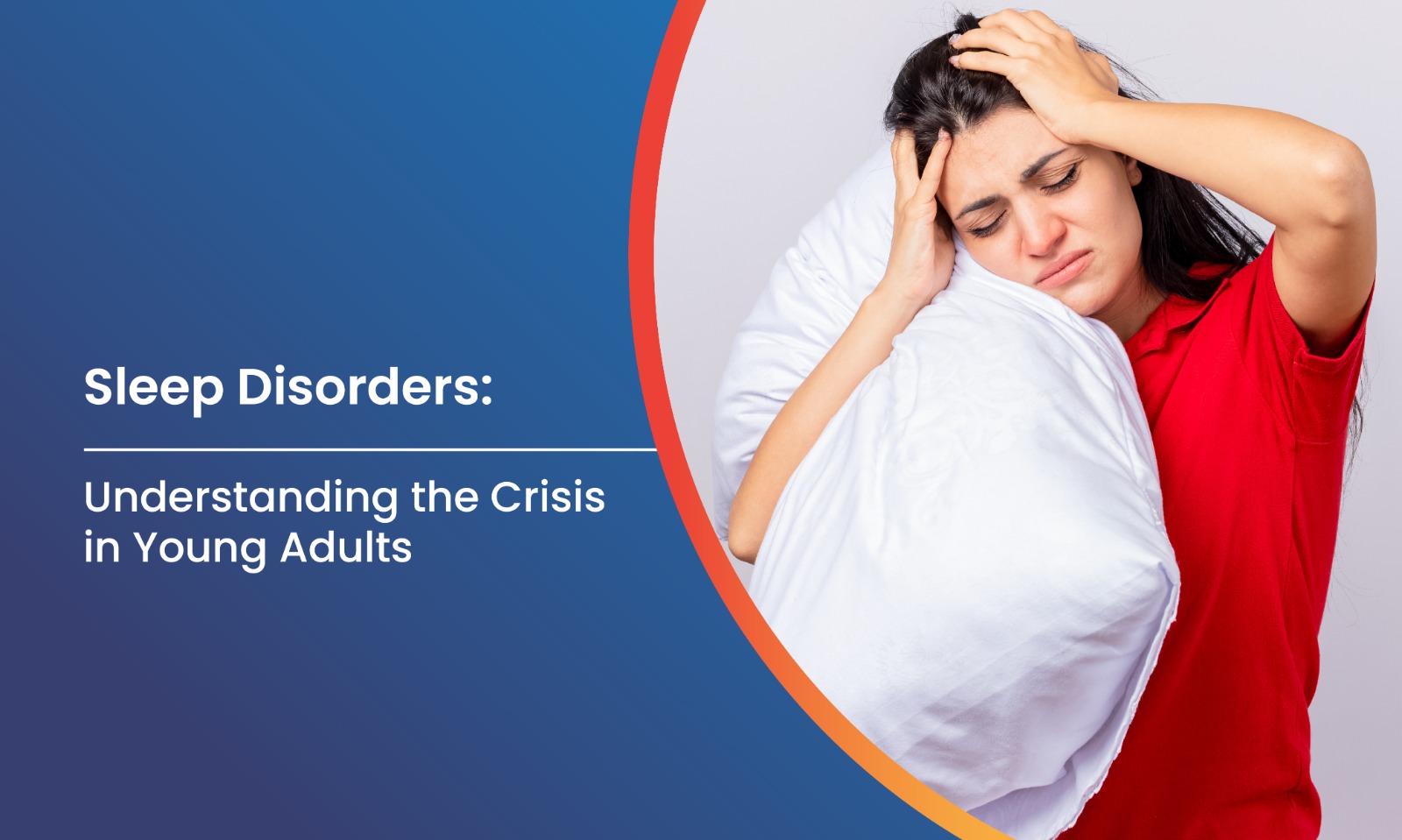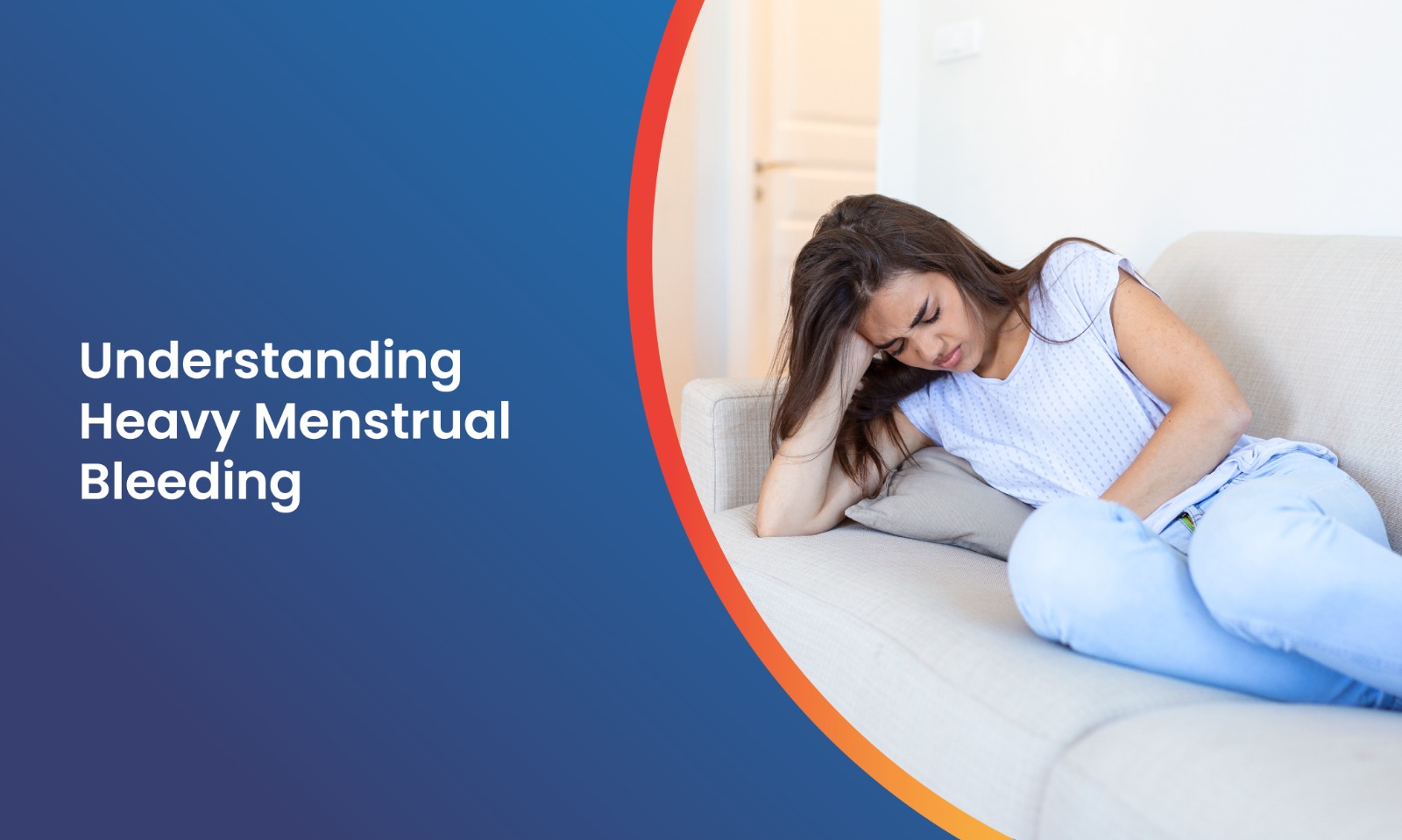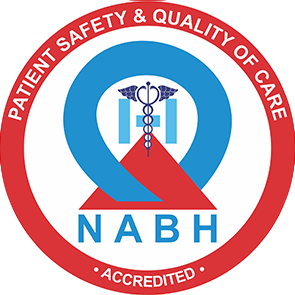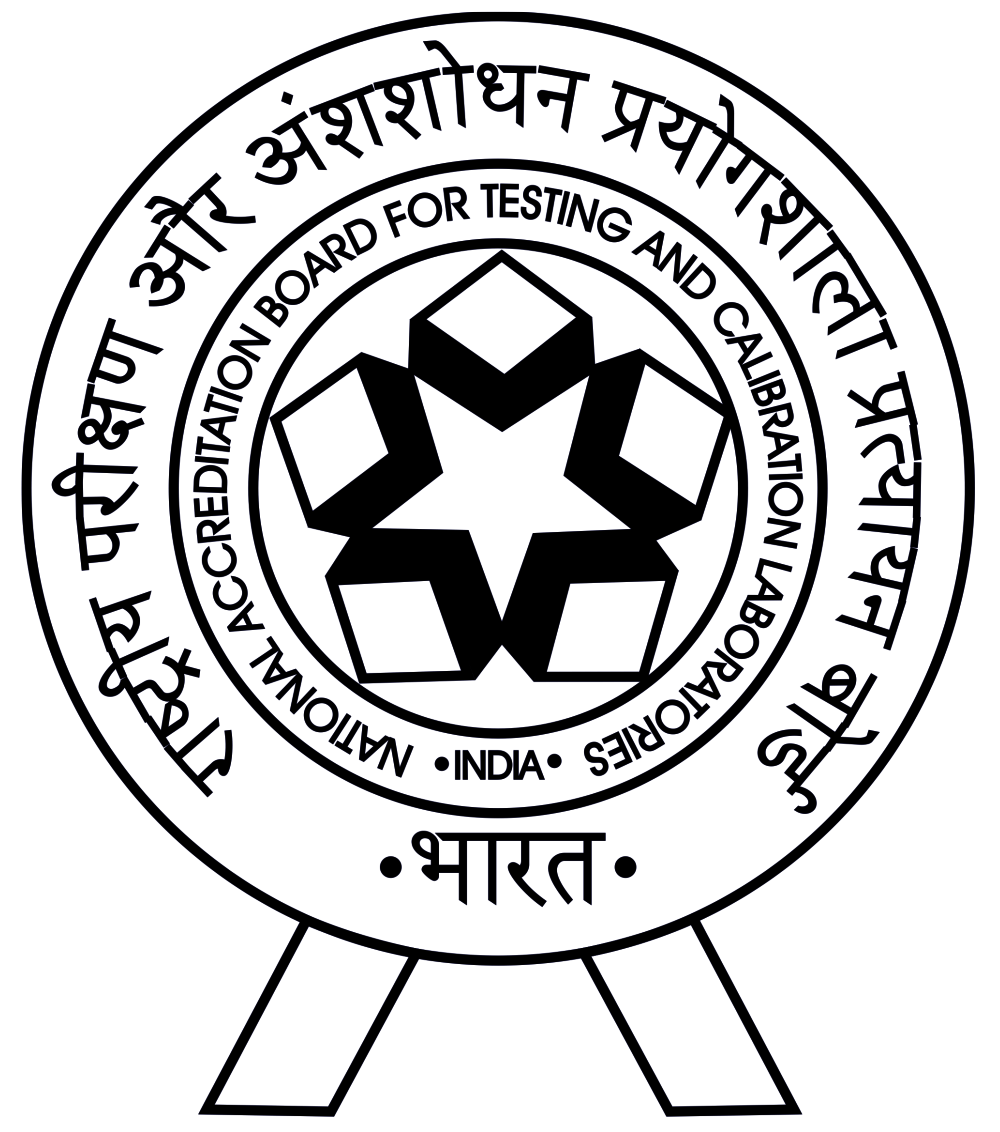Prostatitis in Men: Understanding Causes, Symptoms, Diagnosis & Treatment
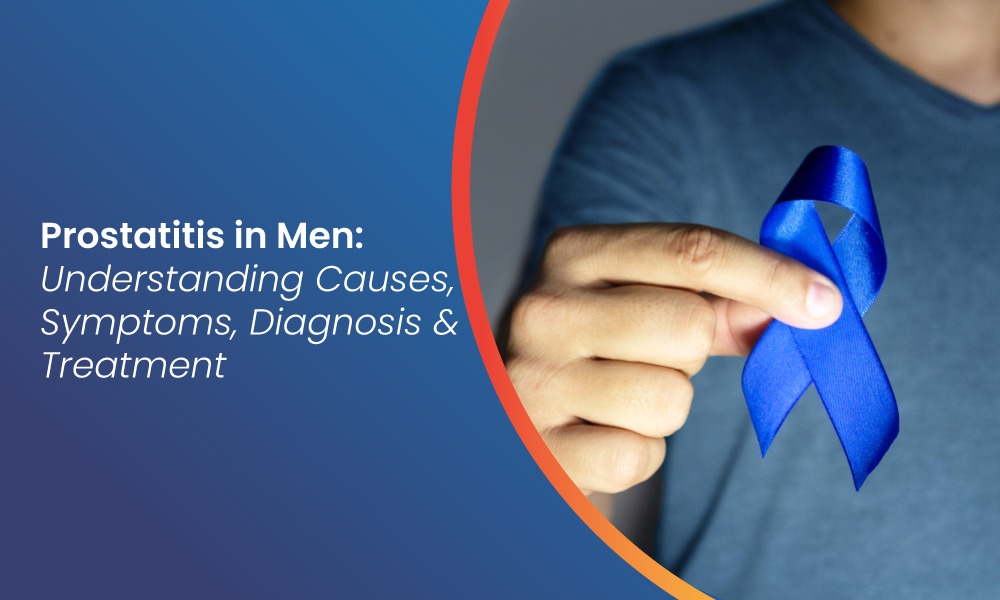
Prostatitis in Men: Understanding Causes, Symptoms, Diagnosis & Treatment
Prostatitis is a common but often misunderstood issue affecting men’s urinary health. While it can happen at any age, it’s most frequent in younger and middle-aged men. This condition can range from a sudden bacterial infection to long-term pelvic pain, making it tricky to diagnose and treat.
Many men ignore the symptoms or mistake them for other problems, leading to unnecessary discomfort. If you’ve been dealing with persistent pain, urinary troubles, or changes in sexual function, understanding prostatitis can help you get the right treatment and improve your quality of life.
This guide breaks down everything you need to know—types, causes, symptoms, and treatments—in simple terms.
Table of Contents
- What Is Prostatitis?
- Types of Prostatitis
- Causes and Risk Factors
- Common Symptoms of Prostatitis
- Diagnosis: Tests and Examinations
- Treatment Options for Prostatitis
- Lifestyle and Home Remedies
- Potential Complications
- Prevention Tips
- FAQs
What Is Prostatitis?
Prostatitis is when the prostate gland becomes swollen or infected. The prostate is a small, walnut-shaped organ below the bladder in men. It helps make semen, which provides nutrients to sperm and helps it move. When the prostate is inflamed, it can cause problems like difficulty urinating, issues with sex, and feeling unwell.
- Prostatitis may develop suddenly or become a chronic issue lasting several months or more.
- It is distinct from other prostate issues, such as benign prostatic hyperplasia (BPH) or prostate cancer, though some symptoms may overlap.
- Timely recognition is critical to prevent complications, including persistent pain or serious infections.
- While it can affect men at any age, it is the most common urinary tract problem for men under 50.
- Prostatitis accounts for millions of healthcare visits annually, highlighting its impact and the need for awareness.
Types of Prostatitis
Understanding the various classifications of prostatitis is crucial for accurate diagnosis and personalised treatment. There are four major categories, each with unique causes and clinical features:
- Acute Bacterial Prostatitis: Sudden onset, caused by a bacterial infection; often severe and accompanied by fever and chills.
- Chronic Bacterial Prostatitis: Persistent or recurrent infection with bacteria; symptoms can be milder but longer lasting.
- Chronic Prostatitis/Chronic Pelvic Pain Syndrome (CP/CPPS): Most common type, may not involve infection; causes long-lasting pelvic pain and urinary issues.
- Asymptomatic Inflammatory Prostatitis: Inflammation of the prostate with no obvious symptoms; often found incidentally during tests for other conditions.
- Each type of prostatitis demands a distinct diagnostic approach and therapeutic strategy.
- Chronic prostatitis and pelvic pain syndrome are particularly challenging to manage due to vague symptoms and unknown causes.
- Acute bacterial prostatitis requires urgent treatment to prevent complications.
- Asymptomatic inflammatory prostatitis may not need treatment unless associated with other health risks.
- Differentiating between types impacts both patient outcomes and long-term management.
Causes and Risk Factors
The root causes of prostatitis vary between types and are sometimes unclear, especially for nonbacterial forms. Bacterial infections remain a key contributor to both acute and chronic cases, while other forms are associated with immune, nerve, or stress-related factors.
Major causes and contributing risk factors include:
- Bacterial Infection: Bacteria enter the prostate from the urinary tract, often following a urinary tract infection or after catheter use.
- Urine Reflux: Backward flow of urine into the prostate gland brings bacteria and chemical irritants.
- Physical Trauma or Nerve Damage: Pelvic injuries or surgeries that impact surrounding nerves may initiate or aggravate chronic prostatitis.
- Immune Response: Exaggerated immune reactions to previous infections are suspected in some chronic cases.
- Lifestyle and Medical History: Previous prostate infections, frequent UTIs, use of urinary catheters, and certain urinary procedures raise risk.
- Psychosocial Factors: Chronic stress, anxiety, or depression may worsen pain and symptoms in CP/CPPS.
- Others: Young to middle-aged adulthood, HIV/AIDS, recent prostate biopsy, or pelvic muscle tension may also raise susceptibility.
- Acute forms are most often triggered by typical urinary tract bacteria like E. coli, Klebsiella, or Proteus species.
- Chronic types frequently lack an identifiable infection but may be worsened by undetected bacteria or immune mechanisms.
- Some cases result after sexual activity, but prostatitis does not spread via sexual contact.
- A family history of prostate issues or chronic pain syndromes may further increase risk.
- Extended periods of sitting, cycling, or exposure to cold may contribute in those already vulnerable.
Common Symptoms of Prostatitis
Prostatitis symptoms can vary widely, often depending on the underlying type and individual response. Some men may experience severe, acute symptoms, while others exhibit more chronic, subtle signs.
Common presentations include:
- Urinary Issues: Burning or painful urination (dysuria), frequent urination, urgent need to urinate, difficulty starting/maintaining flow, or dribbling.
- Pain Symptoms: Discomfort or pain in the lower abdomen, pelvis, perineum (area between scrotum and rectum), lower back, penis, or testicles.
- Sexual Dysfunction: Painful ejaculation, reduced libido, or erectile difficulties.
- General Symptoms: Fever, chills, muscle aches (mainly with acute bacterial prostatitis), and flu-like sensations.
- Other Signs: Cloudy or bloody urine, weak/interrupted urine stream, or sensation of incomplete bladder emptying.
Diagnosis: Tests and Examinations
Diagnosis of prostatitis relies on a combination of medical history, physical examination, and specialized laboratory tests to determine type and cause.
Steps in the diagnostic process may include:
- Clinical History: Evaluation of urinary, pain, and sexual symptoms, plus questions about infection history and triggers.
- Physical Examination: Digital rectal examination (DRE) to assess prostate size, tenderness, or abnormalities; check for swollen lymph nodes or discharge.
- Urinalysis and Urine Cultures: Identify bacterial causes and rule out urinary tract infections; midstream urine samples before and after prostate massage.
- Blood Tests: Detect markers of infection, inflammation, or changes in prostate-specific antigen (PSA).
- Prostate Massage Test: Used in chronic or unclear cases to obtain samples, but usually avoided in acute infections.
- Imaging Studies: Ultrasound or CT scan may be done to exclude a prostate abscess or structural abnormalities.
- Other Tests: Cystoscopy, urodynamic studies, or biopsy in complex cases or if malignancy is suspected.
Treatment Options for Prostatitis
Management varies depending on the type and severity of prostatitis, the underlying cause, and the individual’s response to previous treatments. Acute cases generally require prompt intervention, whereas chronic forms are managed with a combination of therapies.
Mainstay treatments include:
- Antibiotics: First-line for acute and chronic bacterial prostatitis; broad-spectrum oral (e.g., ciprofloxacin, trimethoprim) or intravenous if severe. Chronic cases need longer courses—sometimes up to 6 weeks or more.
- Alpha Blockers: Medications (e.g., tamsulosin, alfuzosin) relax bladder neck and prostate muscles, improving urinary symptoms.
- Anti-inflammatory Drugs: Nonsteroidal anti-inflammatory drugs (NSAIDs) like ibuprofen reduce pain and inflammation.
- Pain Management: Warm sitz baths, heat therapy, and prescribed pain relievers help ease severe or persistent discomfort.
- Other Medications: Muscle relaxants, neuromodulators (amitriptyline, pregabalin), anticholinergics, or phytotherapy (bee pollen, quercetin) for chronic pain or urinary urgency.
- Physical Therapy: Pelvic floor muscle exercises, myofascial release, and biofeedback for chronic pelvic pain syndrome.
- Surgical Intervention: Rare, but may involve abscess drainage or removal of obstructive tissue if medical therapies fail or complications arise.
Lifestyle and Home Remedies
Supportive strategies and lifestyle changes can significantly contribute to symptom relief and the prevention of prostatitis.
Recommended self-care measures include:
- Adequate Hydration: Drinking plenty of water helps flush bacteria and reduce irritation of urinary tract tissues.
- Avoiding Prostate Irritants: Limit or avoid alcohol, caffeine, and spicy or acidic foods that can worsen symptoms.
- Balanced Diet: Emphasize fruits, vegetables, lean proteins, and whole grains to support general and prostate health.
- Physical Activity: Gentle exercise, stretching, and avoiding extended periods of sitting may alleviate pelvic pressure.
- Sitz Baths and Local Heat: Warm baths or heating pads ease muscle tension and pain in the pelvic area.
- Stress Management: Practice relaxation techniques, mindfulness, or counselling to reduce stress, which may exacerbate symptoms.
Prevention Tips
While not all cases of prostatitis are preventable, certain strategies can help lower risk and promote prostate health:
- Promptly treat urinary tract and bladder infections to prevent bacteria from reaching the prostate.
- Practice safe sex by using condoms to minimize sexually transmitted infection risks.
- Limit long periods of sitting and take standing breaks during work or travel.
- Avoid long, strenuous bike rides and use adequate padded protection when cycling.
- Maintain healthy fluid intake and regular bathroom habits.
- Manage chronic conditions (e.g., diabetes, immune disorders) and follow up with routine screenings.
- Consult a healthcare provider for persistent pelvic, urinary, or sexual symptoms.
FAQs
Q1 Is prostatitis contagious or linked to prostate cancer?
Prostatitis itself is not contagious and is not considered a risk factor or precursor for prostate cancer.
Q2 Can prostatitis be permanently cured?
Acute bacterial prostatitis often resolves fully with antibiotics, while chronic forms can be managed but may require ongoing care.
Q3 How is prostatitis different from an enlarged prostate (BPH)?
They share some symptoms but have distinct causes—prostatitis is inflammation/infection; BPH is benign gland enlargement.
Q4 What if antibiotics do not work?
For non-bacterial or resistant cases, a combination of pain relief, muscle relaxants, physiotherapy, or other medications may be helpful.
Q5 When should I seek medical attention?
See a doctor if you have pain, urinary changes, or sexual problems. Seek urgent care for severe pain, fever, or inability to urinate



